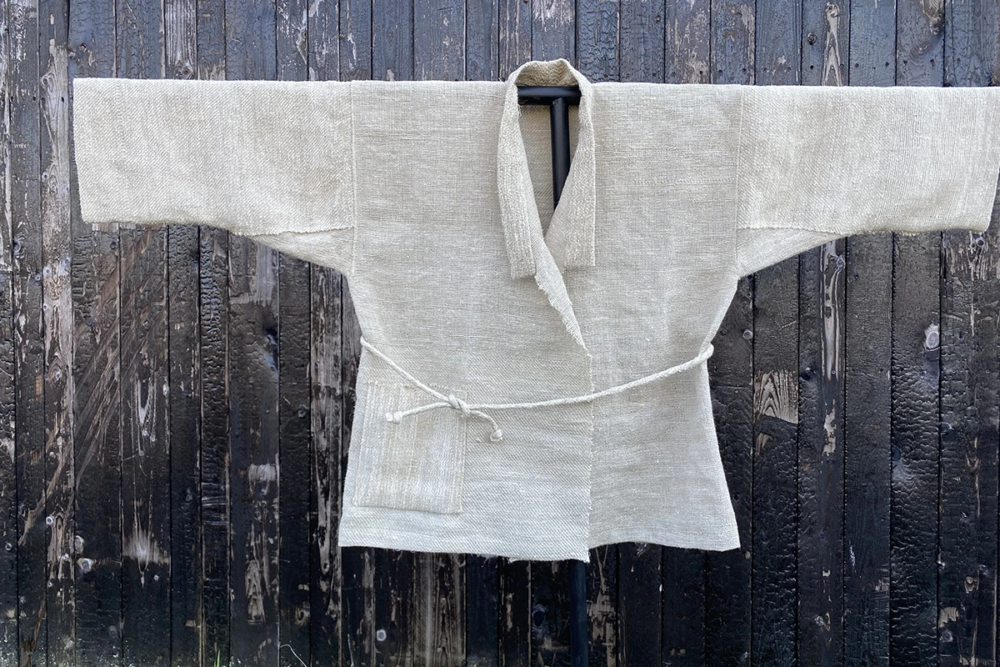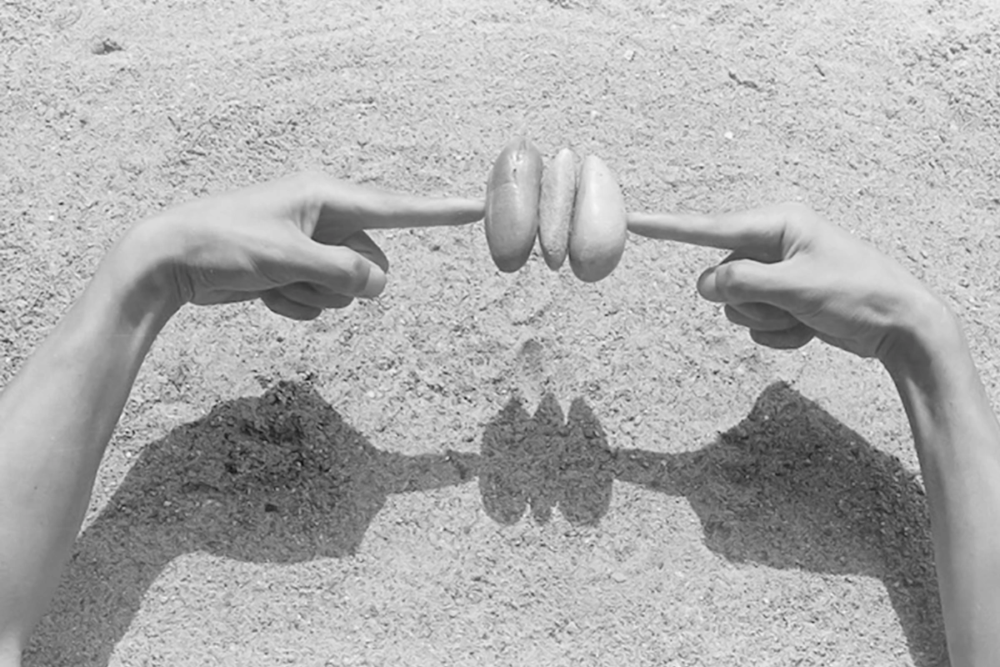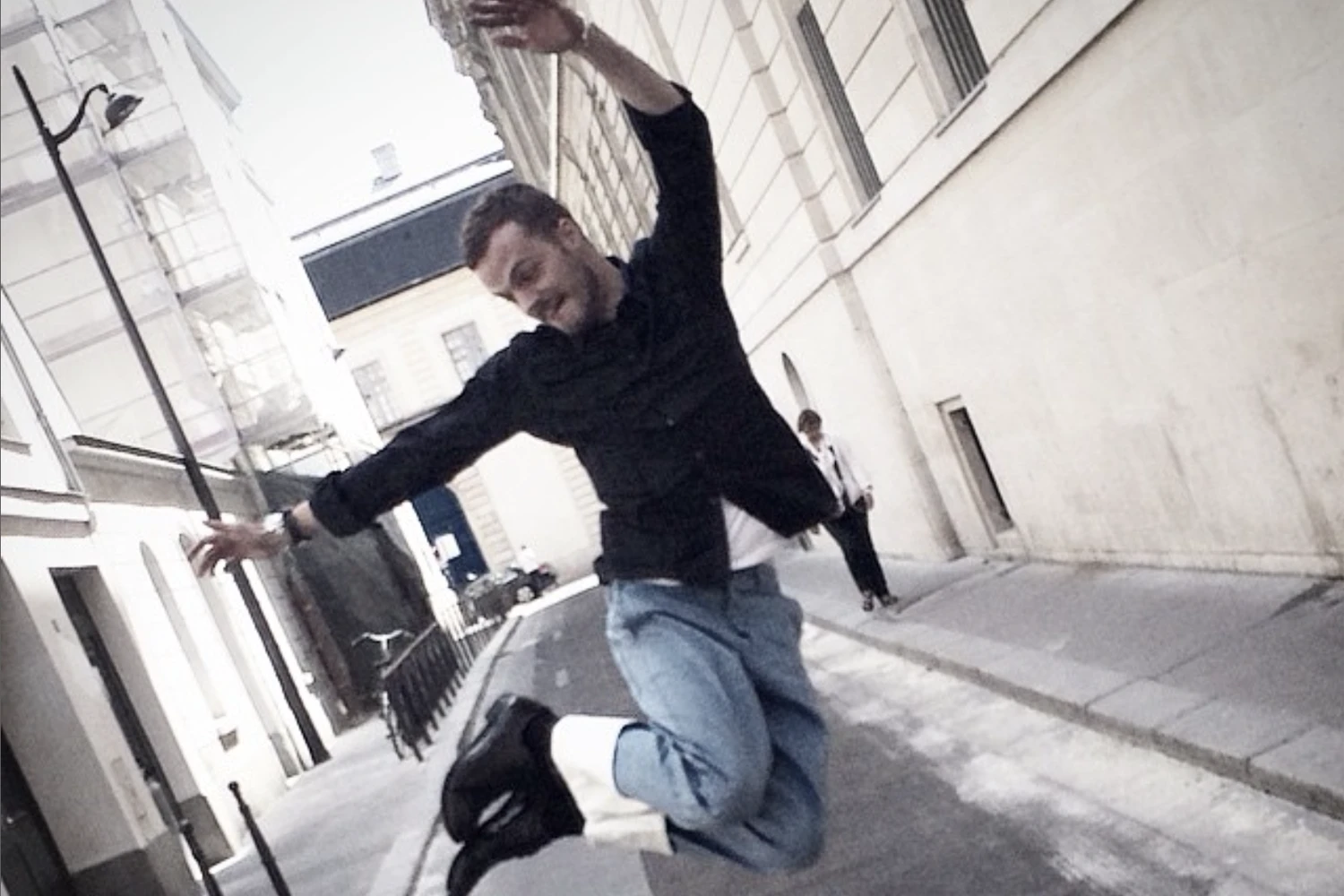
Matthieu Blazy at Chanel: What Does It Mean?
The new Creative Director of Chanel is Matthieu Blazy, who left Bottega Veneta in November: insights on craftsmanship, sustainability, consistency, the luxury crisis, and China
Chanel: Matthieu Blazy – Jacob Elordi’s Pink Golf Sweater
Matthieu Blazy at Chanel. A man nearly 190 centimeters tall with a youthful, handsome face. Until now, Blazy has presented conceptual designs, blending artisanal skill with experiments conducted by hand and with a sewing machine. An example is the pink golf sweater worn by Jacob Elordi, which mimics a donkey’s ears: a V-neck, double-layered, where the continuity between the two levels becomes a design speculation. A synthesis of what fashion should be today—a creative application to craftsmanship—that sets it apart from styling. A sweater that can properly be defined as a piece: not a piece of art—it’s a garment reproduced in hundreds of replicas and different sizes—but a fashion piece that alone could symbolize an entire line of reasoning and a broader vision. On November 15th, Blazy’s resignation from Bottega Veneta—there was never any talk of dismissal—remains a generic interruption of the collaboration.
Chanel: Matthieu Blazy – Creative Directors as Celebrities, the Case of Jonathan Anderson
That Blazy had met with Chanel’s management was not confirmed news, but sources were internal to the Kering group. We had become accustomed to reading the list of possible and plausible candidates to replace Karl Lagerfeld—the prominent creative profiles in the sector.
In recent years, the dimension of fame and public recognition has been impoverished, drained by so-called influencers who have managed to ride curiosity for the ridiculous, some shamelessness that will always entertain the masses. Today, mass celebrity also recognizes those who can work on intellectual complexities of a niche nature. A point of respect for fashion, which needs it. The recent example of Jonathan Anderson, now represented by the American agency UTA – United Talent Agency, which usually represents actors, singers, and models. If creative directors are comfortable in the celebrity dimension, the Creative Director of Chanel is the center of it.
Chanel: Matthieu Blazy – Who Was Expecting Hedi Slimane
The most plausible candidate seemed to be Hedi Slimane, who left Celine in early October and whom Lagerfeld had repeatedly indicated as his successor, for both consistency and daring. It appears that Chanel’s ownership was in favor, while the management opposed it. The fear or disagreement perhaps arose from Slimane’s willful intervention in every Chanel asset, including cosmetics and perfumery. Just as he had removed the accent from Celine, it would have not been removing the 5 from Chanel. Although not officially declared, it is estimated that about half of the French house’s revenue comes from the cosmetics and beauty sector, if not more. Another of Slimane’s desires, perhaps, was to add men’s fashion: Chanel’s commercial strength is currently consolidated by selling only women’s fashion. What potential could there be from launching a men’s line is hard to imagine.
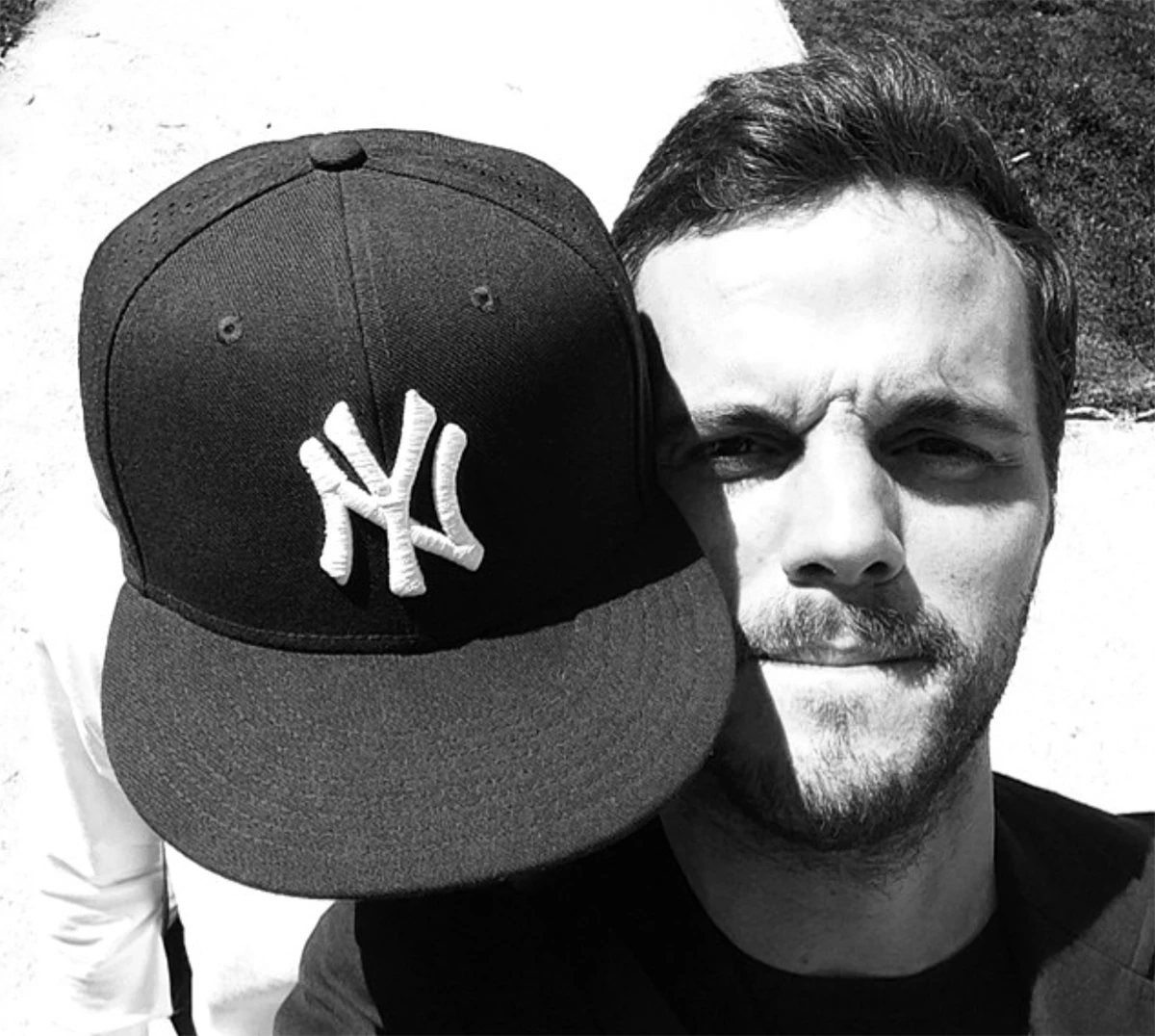
Chanel: Matthieu Blazy – Metiers d’Art
In France, there is formal and educational recognition of the Métiers d’Art: on the website of the French Ministry of Culture, there is a list of 281 eminent figures, masters and workshops, that the State seeks to protect as national heritage for their manual skills. Similarly, in Japan, they are designated as Living National Treasures, Ningen Kokuhō, also by law. Every year, at the beginning of December, Chanel presents the Métiers d’Art fashion show— a collection created by Chanel-owned workshops included in the French Métiers d’Art list: weaving, embroidery, leather goods whose uniqueness and skills have earned them recognition.
Chanel: Matthieu Blazy – Tweed, Coco Chanel, Sustainability, and Rigor
In building the house’s identity, Chanel presents a more incisive manufacturing code compared to others: tweed, a term that has now escaped its technical definition of a double-faced fabric and can include all weaves with complex textures, both mechanically and creatively. Chanel’s tweeds have expressed creativity with bouclé, metallic, and technical yarns—playing with inserts, trimmings, and embroidery. The result has always been feminine: Chanel is a symbol for a woman—it can be pondered how a vague lewdness might clash with the masculinity of the founder’s idea, Coco Chanel, who introduced trousers and white and black naval uniforms to the Faubourg Saint Germain ladies. Could this be a crack through which Matthieu Blazy can enter such a consolidated imaginary? To restore to Chanel a bit of the austerity and sharpness that Coco Chanel invented in the early twentieth century and never abandoned—and which we sometimes find perhaps a bit too mixed with prints and light veils.
Chanel: Matthieu Blazy – Sustainability and Future-Proofing
The challenge will be further: many textile constructions for which Chanel is so recognizable are produced using stable fibers, paints, and resins—Blazy could work on finding solutions projected into the future, when sustainability is no longer an outdated, overused, boring word that interests no one; when sustainability is no longer just a form of communication but a matter of substance for every form of entrepreneurship.
Numbers are objective when relative, it depends on how they are read—but for many financial analyses, Chanel remains the most powerful luxury brand in the world. Some financial figures have been disclosed by the house in recent years: Chanel as a standalone brand ranks first, followed by Louis Vuitton (which, however, is part of a group). The leadership role that Blazy is about to assume is significant for the luxury industry, which we know has geopolitical implications.
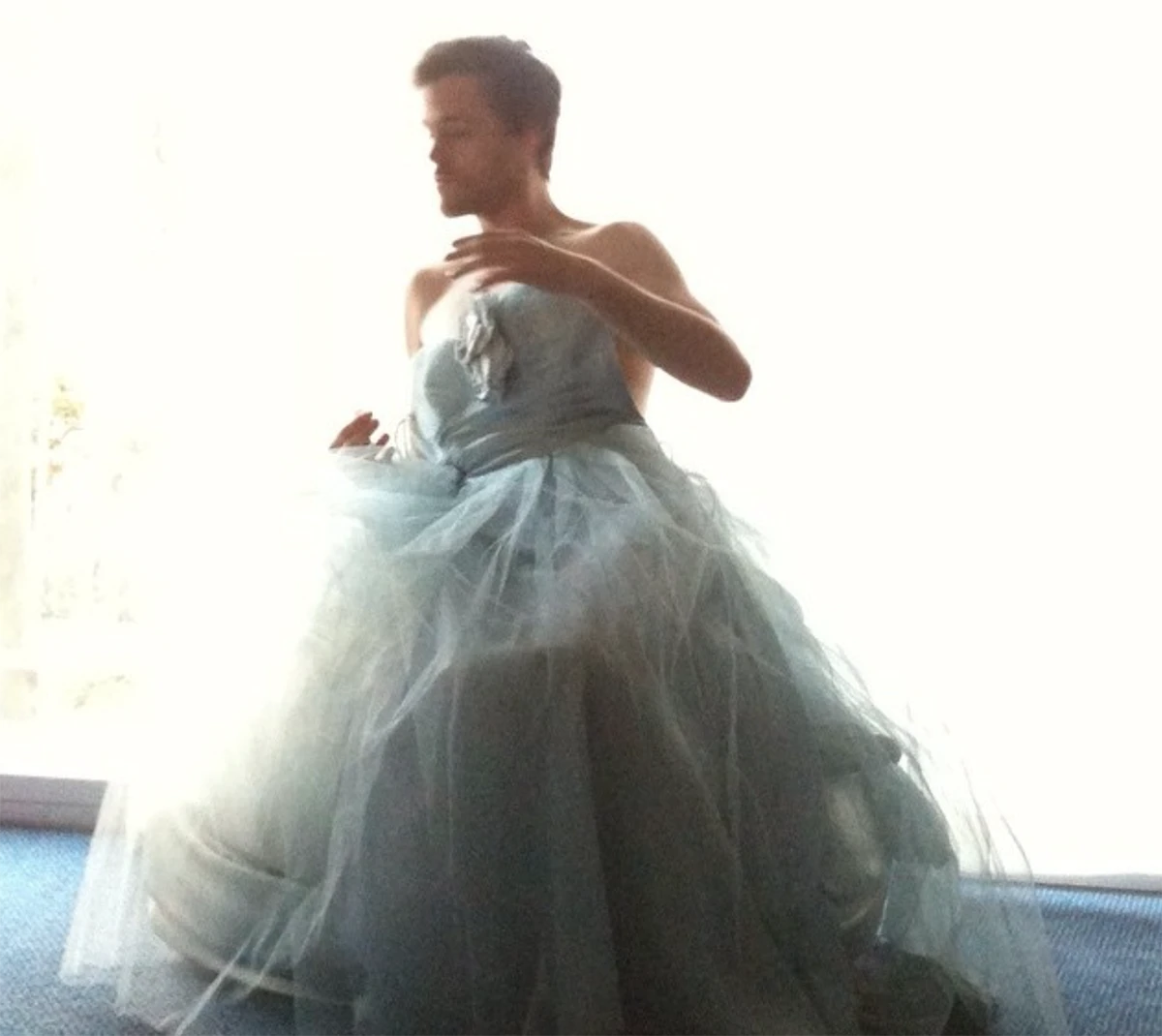
Chanel, Cartier, and the Chinese Market
Chanel’s latest Métiers d’Art fashion show took place near Shanghai on December 3rd. Less than a month before, another giant, Cartier, landed in Shanghai with both cultural and commercial projects.
“I am Chinese and I choose a Chinese dress.” In China, state employees cannot use an Apple phone. In China, Google and Meta do not work—in response, in US you will soon not be able to use TikTok. It is said to be the beginning of the end of globalization. Luca Scolca, an economic analyst, writes, “Finance believes that Trump’s presidency will benefit the American economy: if the American economy is strong, so is the global economy.” If Trump raises tariffs on imports and exports from America, he will also do so for big tech companies—and on the other side of the world, in China, a nationalist sentiment and attitude are consolidating, choosing the pride of the local supply chain and tradition. Europe will find itself looking in the mirror as a cultural powerhouse, a land of freedom, isolated. Waiting for the rest of the world.
Chanel: Matthieu Blazy – Consistency, Respect
The path can only be one: consistency. With consistency, we rebuild a short European supply chain; we restore to European production the qualitative guarantee that often identifies it; we restore, with consistency, an objective value to the word sustainability, which has been overly abused, first and foremost, by Europeans. In this polarization between America and China, there is a good side in that Europe will, for the first time, feel like a single, united entity, forming an internal system.
Consistency, respect. A more substantial and loudly hand-crafted communication. This is all that everyone who—like me—remains in love with fashion hopes for with Matthieu Blazy’s arrival at Chanel.
Carlo Mazzoni



